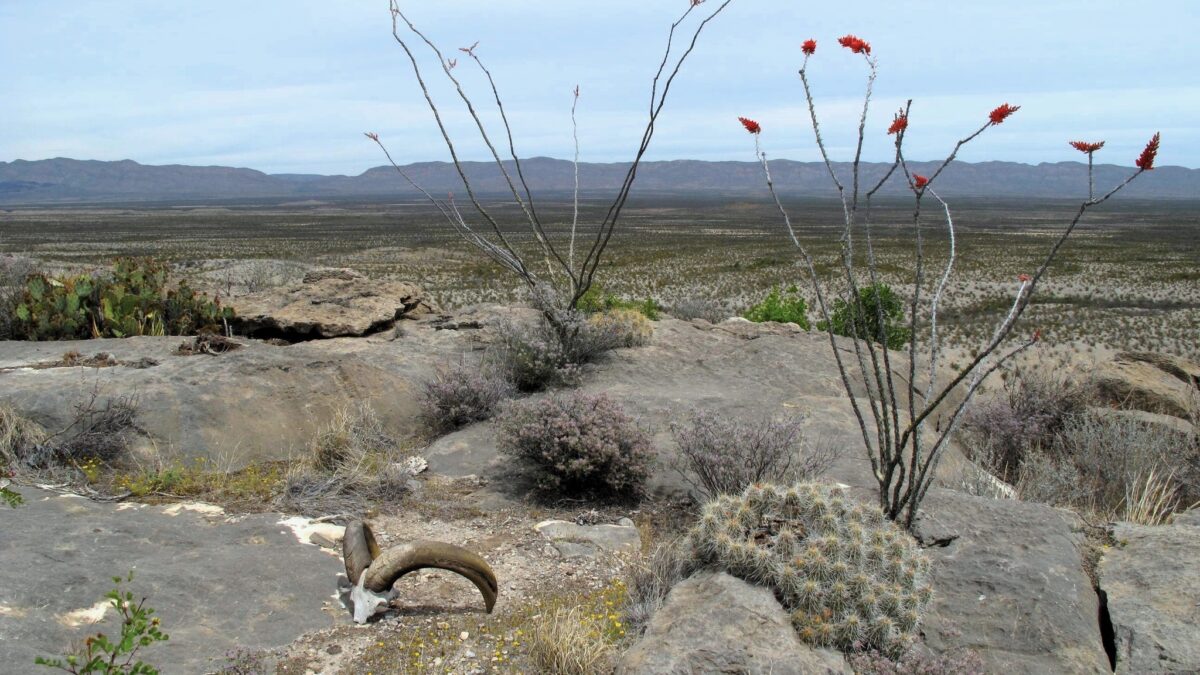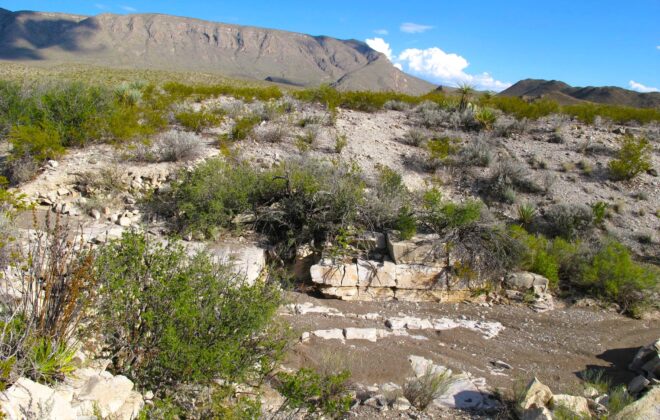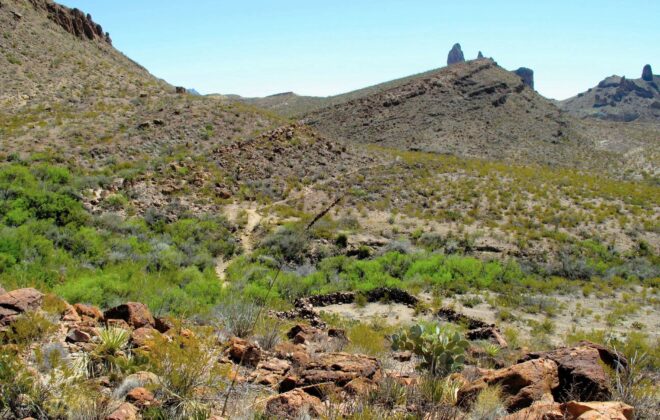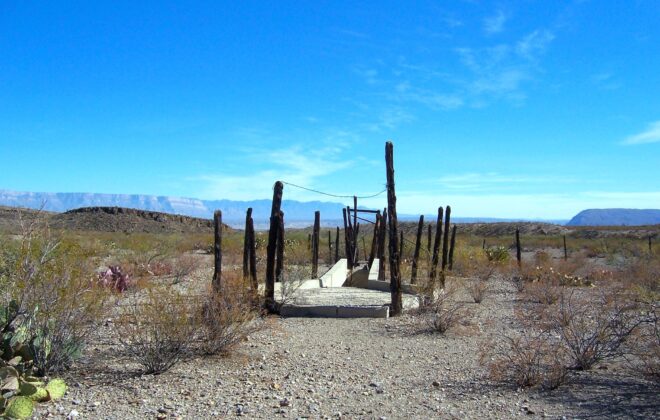Where Many Had Gone Before
We were working our way along the bottom of an escarpment, north of the Buttrill and skirting an enormous flat that goes on for miles. It was another day and another prowl, making a loop through a portion of the national park where few others venture.
I had eyed this uplift for decades while wandering other nearby locales, puzzling upon what might be hidden and nigh forgotten. Shouldering our backpacks that morning, I commented then we would find Indian camps here.
But first came the remnants of the cultures from later on. Rotting fence lines with rusting wire running into nothingness, earthen dikes to capture this desert’s liquid gold and pieces of sucker rods to bring it from underground.
There were campsites too, where large canvas tents with wood framing once stood. I recognized the bits and parts immediately, my own father had lived in one for the first six years of his life, while my grandfather worked as a cow hand in the Sierra Vieja.
And so we meandered on until I spotted a nondescript slot in the rock walls and that certain feeling came over me. We began climbing the massive sheets of near bare rock, and about halfway to the top I saw the telltale evidence of grinding mortars scattered about.
Studying what still lay above, I spied the faintest of trails from long ago and followed it along the near sheer drop off. Leading to the left and over the crest, something told me to veer back to the right and keep going.
The photograph attached frames what we found.
There were large mortar holes along the rim, old beyond description and worn into solid rock by centuries of use. Some had been filled in by wind and time, giving birth to tiny springtime wildflowers, cacti and even an ocotillo.
Then there was the audad skull, cast off to one side by some predator for good measure.
Behind the rim we eased against the very edge of the stone encrusted crevice. I could already smell water and a peek down below revealed a large tinaja with hundreds of gallons in attendance.
Scooting through a narrow portion along the lip, we entered a rock shouldered amphitheater where more large tinajas waited. Circling about were natural shelters from the wind and weather, with an entrance upstream guarded by more large mortars, eroded and enlarged by thousands of years of flash floods.
It was an Indian camp alright, about as well chosen and placed as any I have seen in many a day.
From that rim you can see across the distance of the flat below, leading all the way to the Santiago and Deadhorse Mountains. Through those same mountains were the historical entryways into this part of the lower Big Bend; Dog Canyon, Persimmon Gap and Javelina Gap for those wanting to avoid the more traveled routes.
If a small group of people wanted one spot to watch the world of five hundred or five thousand years ago pass by, this was the place. Furthermore, they could do so in relative comfort and security, too.
Whoever these nameless ancients were, they chose well.
God bless to all,
Ben
Facebook: Ben H. English
Webpage: benhenglish.com
‘X’: Ben H. English



